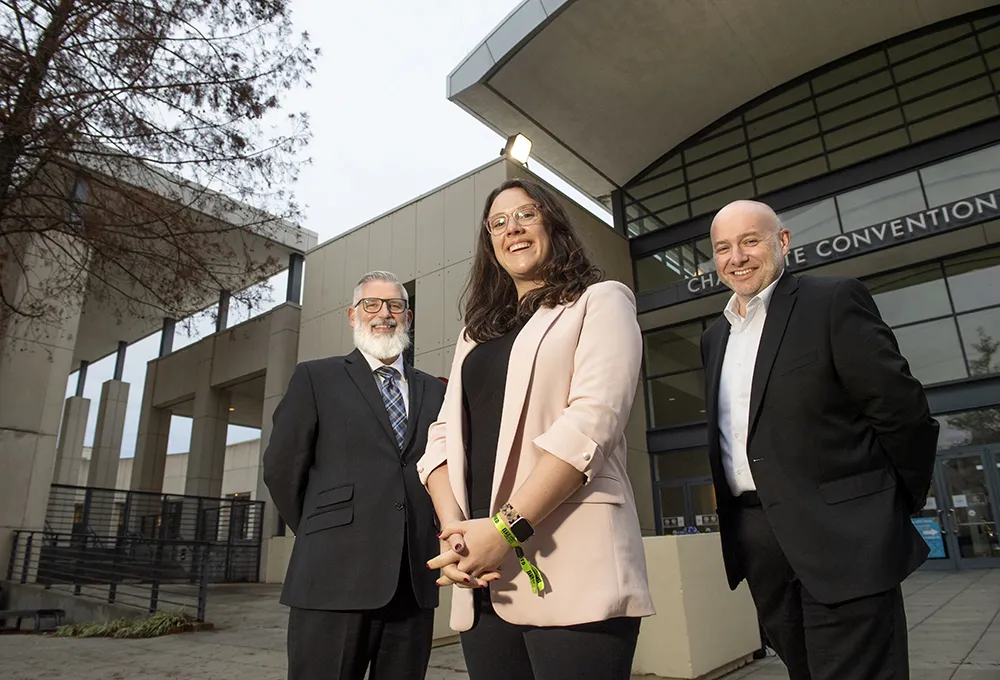Nearly 70 per cent of fatal vehicle collisions in Minnesota, as well as other states, occur on roads in rural communities, where higher speeds, varying terrain and inconsistent sightlines can put many drivers in danger.
The MnDOT initiative is part of the nationwide Towards Zero Deaths initiative, which aims to encourage safer driving strategies for rural and state roads and instil a new driving culture throughout the US. As part of the program, MnDOT is installing rural intersection conflict warning systems (RICWS) at intersections with higher crash rates throughout the state.
Canoga includes non-invasive micro-loops and conduits installed under the pavement, spaced about 20 feet apart. The system measures the time it takes for a vehicle to pass between the sensors to determine the vehicle’s speed and calculate the time the vehicle will take to reach the intersection. A highly conspicuous traffic sign flashes bright yellow warning lights to alert drivers that a vehicle is approaching. The sensors are installed by boring horizontally under the pavement on the side of the road, ensuring they are protected from traffic and inclement weather, so ongoing maintenance is unnecessary.
GTT worked with MnDOT’s project designer, WSB & Associates, which selected Canoga as part of their traffic sensing strategy, citing the system’s reliability and easy installation as key factors in the decision.
“Across the state, there are dozens of intersections where trees, hills and winding roads obscure views for drivers,” said Janelle Borgen, ITS manager for WSB & Associates. “We needed a reliable system that could sense approaching vehicles when drivers couldn’t.”
“With Canoga, we know exactly how long it takes for vehicles to reach the intersection based on the speeds they’re travelling,” said Borgen. “We’ve set the warning signals to give cross-traffic drivers about seven seconds of warning time. The signals flash so drivers on crossroads know that a vehicle is approaching and to stay clear of the intersection.”
Minnesota DOT deploys GTT’s Canoga to curb intersection vehicle crashes
Minnesota Department of Transportation (MnDOT) is working toward making the state’s roads safer, using the Canoga traffic sensing solution from Global Traffic Technologies (GTT) to warn at-risk drivers when cross-traffic is approaching. Nearly 70 per cent of fatal vehicle collisions in Minnesota, as well as other states, occur on roads in rural communities, where higher speeds, varying terrain and inconsistent sightlines can put many drivers in danger. The MnDOT initiative is part of the nationwide Towards
September 3, 2014
Read time: 2 mins









